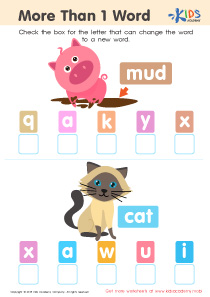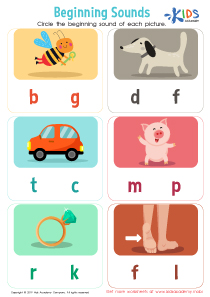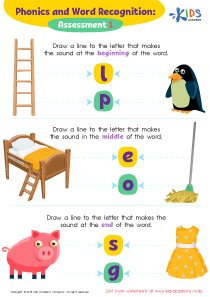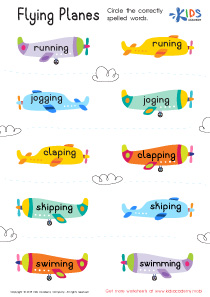Ending Sounds Worksheets for Ages 3-6
6 filtered results
-
From - To
Discover our engaging Ending Sounds Worksheets for Ages 3-6, designed to build foundational reading skills in young learners. These printable worksheets help children identify and pronounce ending sounds in words, enhancing their phonemic awareness and preparing them for future reading and writing challenges. Each activity is tailored to be fun and interactive, ensuring kids remain interested and motivated. Ideal for preschool to kindergarten levels, these resources encourage practice through coloring, matching, and tracing. Foster a love for literacy early on with our expertly crafted ending sounds worksheets, making learning enjoyable and effective!
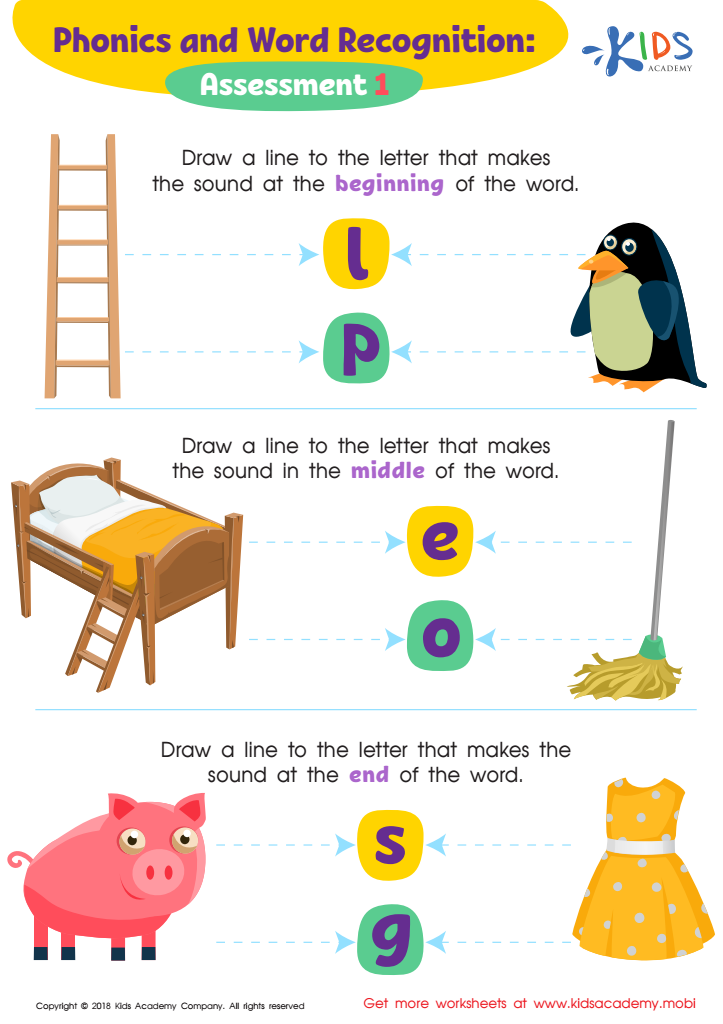

Phonics and Word Recognition: Assessment 1 ELA Worksheet
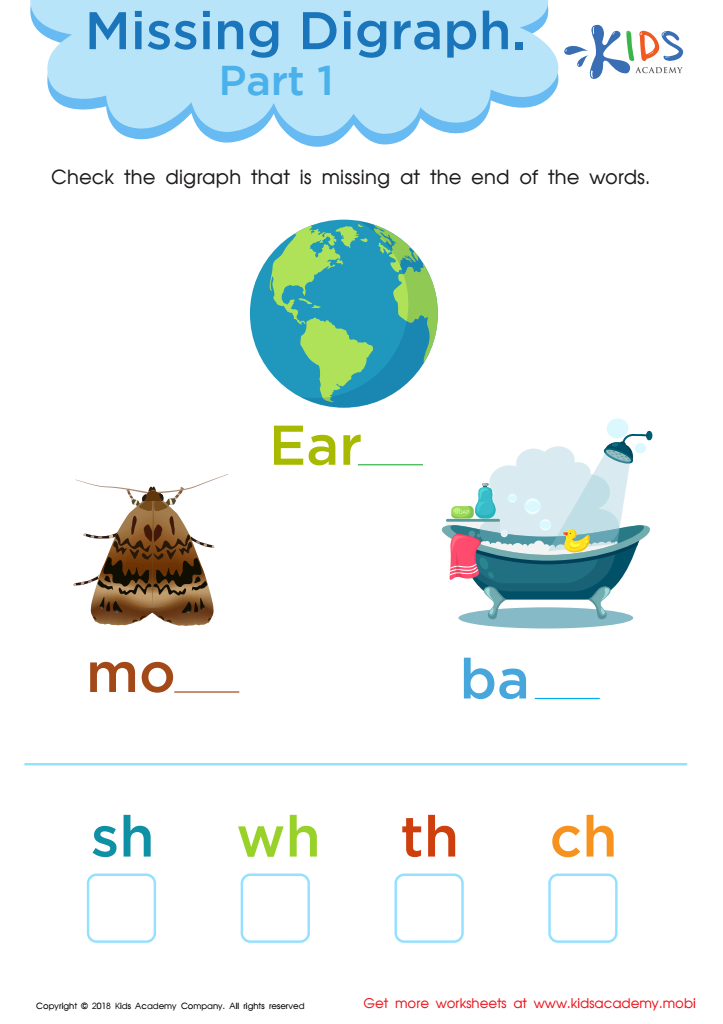

Missing Digraph: Part 1 Worksheet
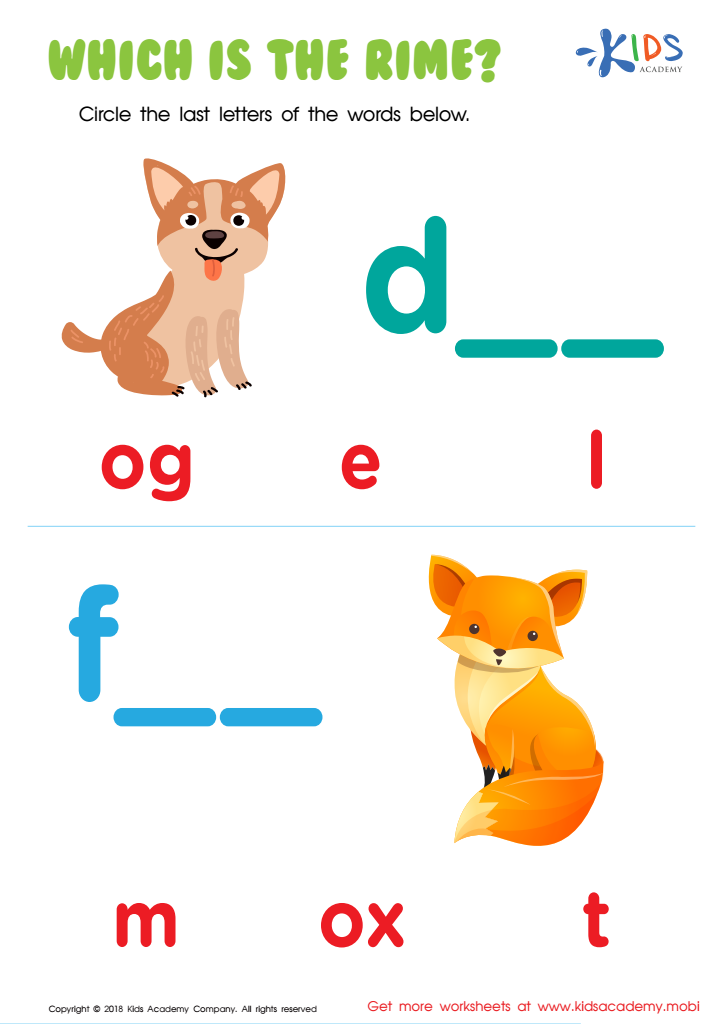

Which Is the Rime? Worksheet
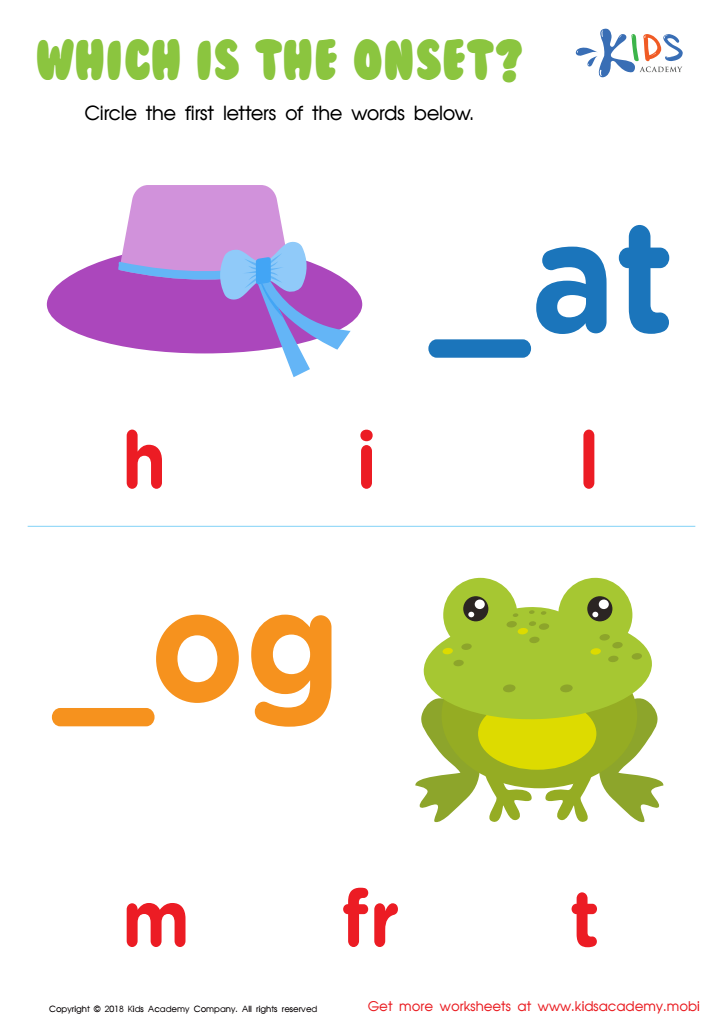

Which Is the Onset? Worksheet
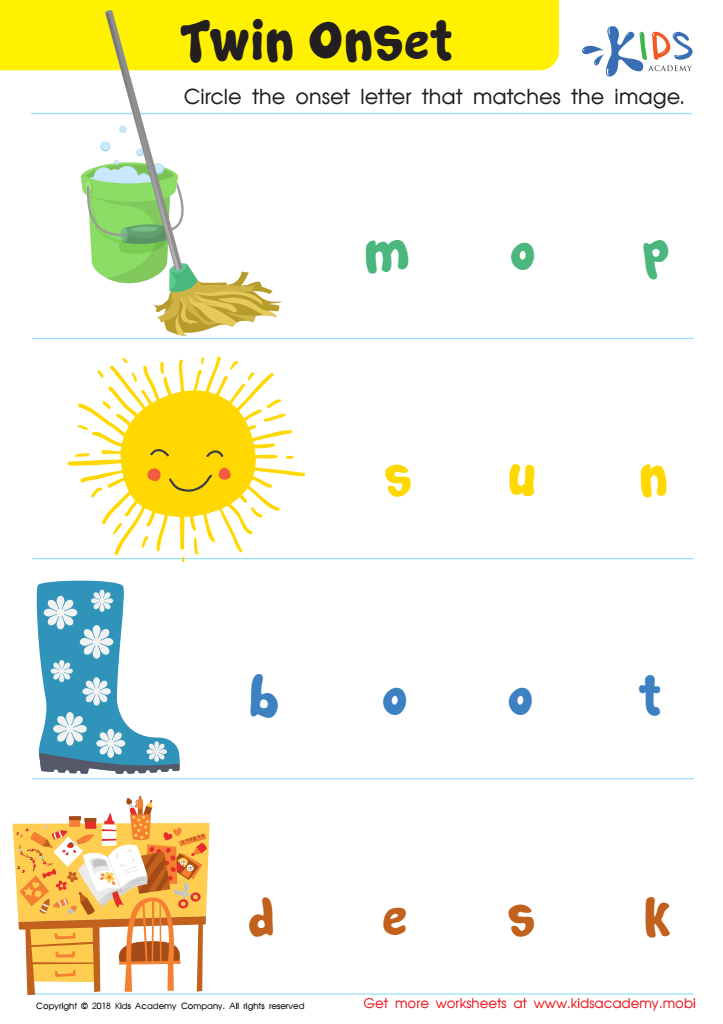

Twin Onset Worksheet
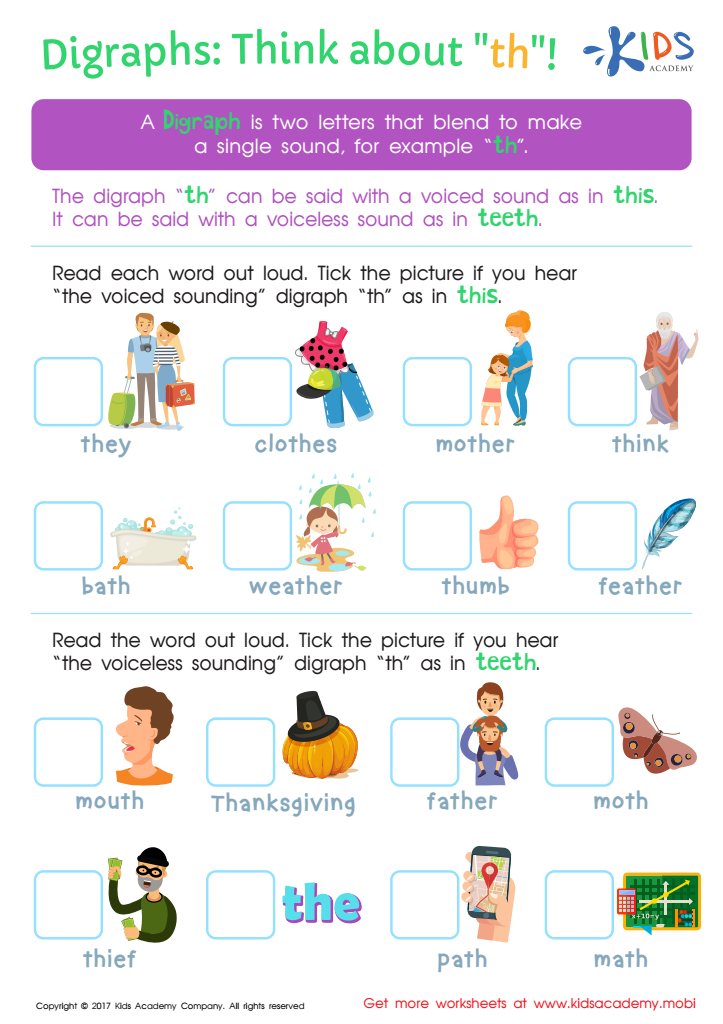

Digraphs: Think About "th" Worksheet
Parents and teachers of children aged 3-6 should prioritize teaching ending sounds as this foundational skill largely influences early literacy development. Ending sounds, also known as phoneme segmentation, help young learners understand that words are made up of individual sounds. This fosters phonemic awareness, crucial for the later stages of reading and spelling proficiency.
By focusing on ending sounds, children can more accurately decode words while reading. For instance, recognizing that the "t" sound finishes "cat" helps children differentiate it from "can." Similarly, this awareness assists in spelling since children learn that hearing a particular sound at the end means they should use a specific letter or letters.
Skill in identifying ending sounds also strengthens children's vocabulary and memory by engaging them in analytic thought as they observe differences and similarities between words. This practice is especially significant for English language learners and kids with speech and language delays, providing a clear, step-by-step method for mastering the structure of language.
Overall, dedicating time and resources toward teaching ending sounds equips young students with vital language skills, setting a sturdy platform for successful literacy development that impacts lifelong learning and communication abilities.

 Assign to the classroom
Assign to the classroom




